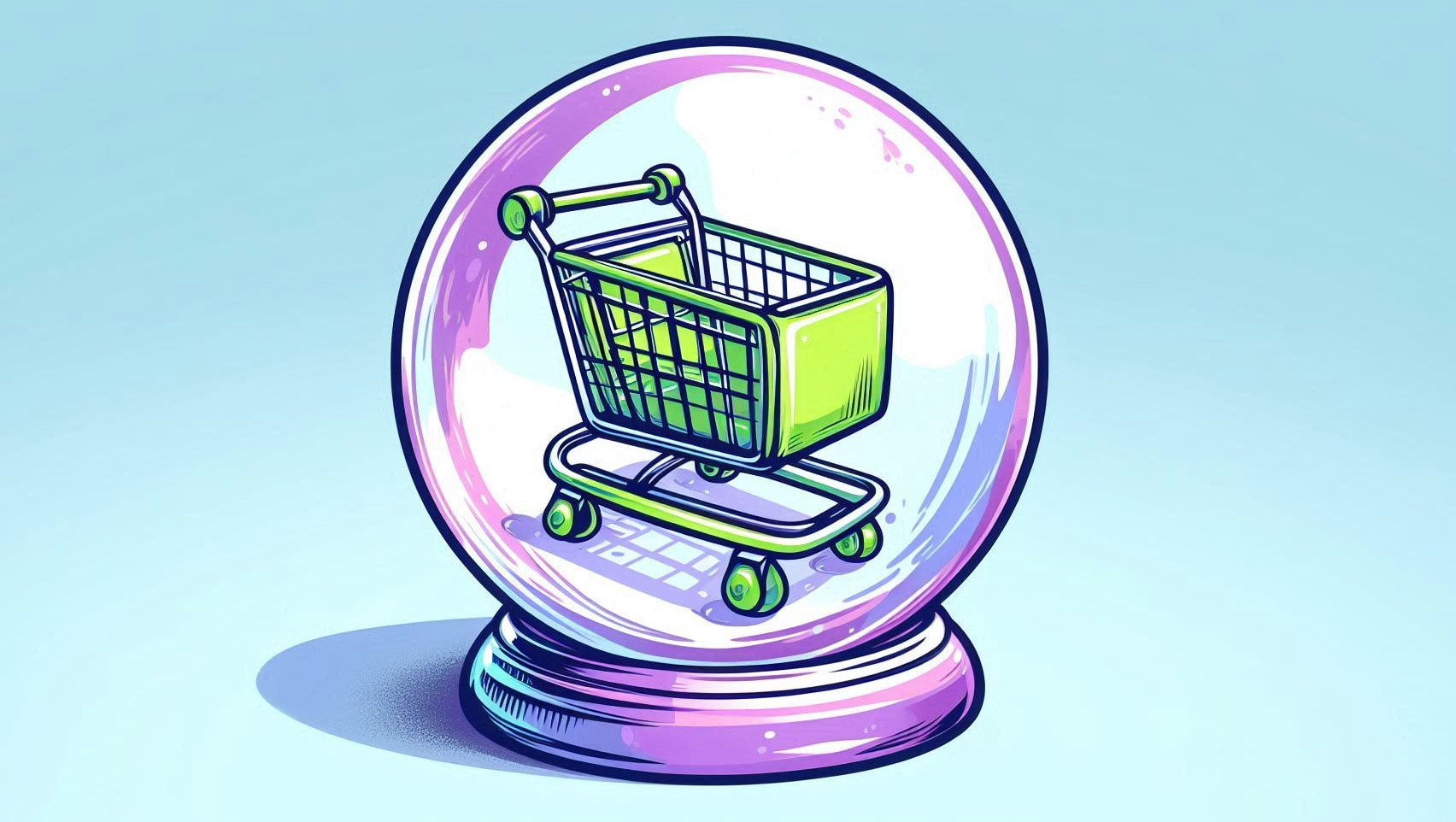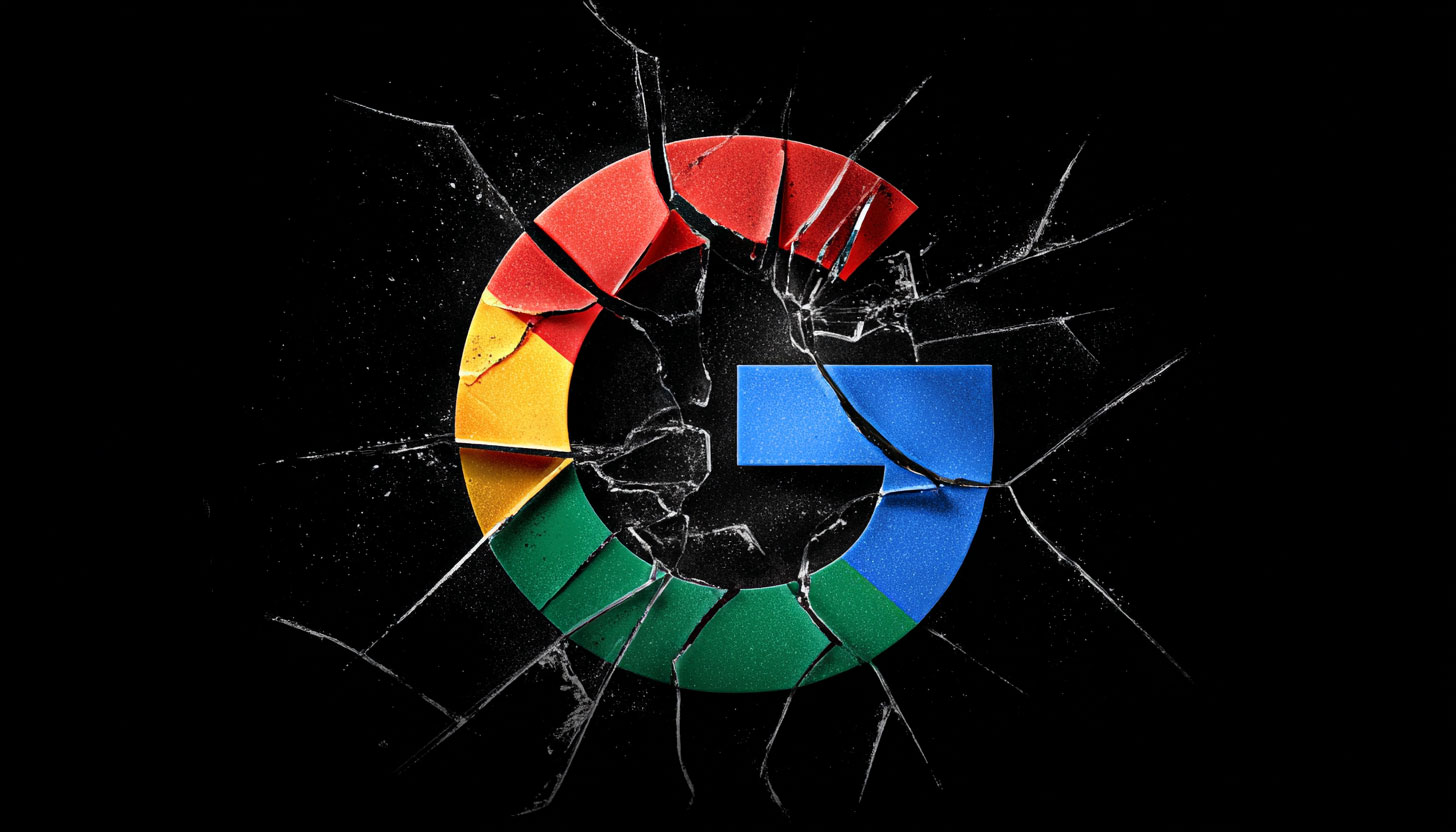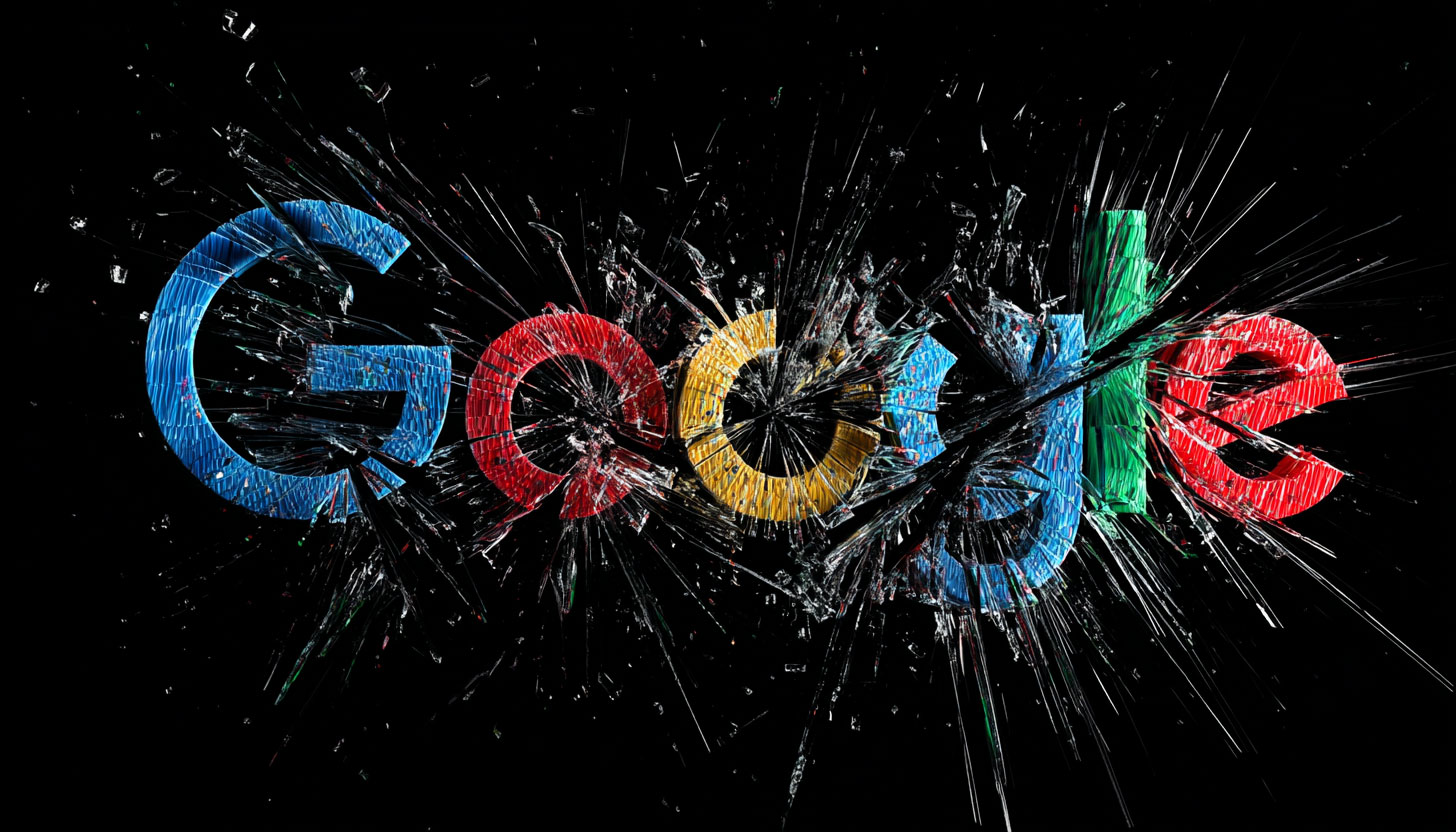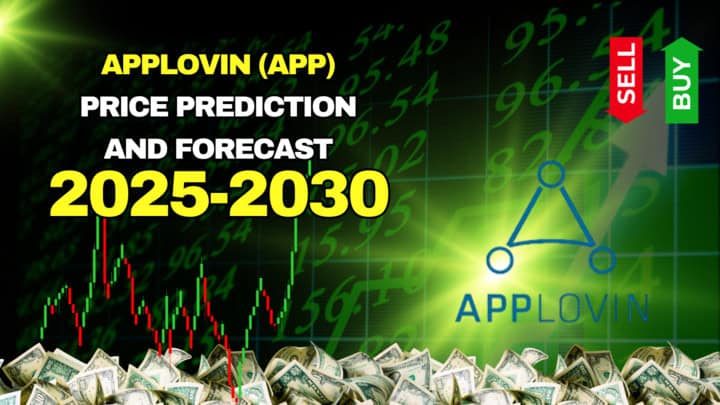#ad-tech
#ad-tech
[ follow ]
fromAdExchanger
1 week agoFrom Hype To Hyperscale In AI | AdExchanger
The vendor landscape is turning into a sea of sameness. So what's worthwhile and what's worth chucking in the bin? The best way to separate AI hype from reality is to roll up your sleeves and try out the tech for yourself, says Ikkjin Ahn, CEO and co-founder of machine learning-based ad tech startup Moloco, on this week's episode of AdExchanger Talks. It's like watching a movie, he says. How do you know if it's good before you even try it?
Marketing tech
Startup companies
fromTechCrunch
3 weeks agoAgentio secures $40M from Forerunner as it scales its creator marketplace beyond YouTube | TechCrunch
Agentio raised $40M Series B, bringing total funding to $56M and valuing the company at $340M amid rising YouTube sponsored-video views and creator ad spend.
fromDigiday
3 weeks agoHow Amazon aims to do more with less
The rise of Amazon Advertising is news to no one in the industry's $777 billion sector, but what needs more detail is just how it intends to sustain its challenge to the duopoly of Facebook and Google, especially in the wake of a 14,000 reduction in force (RIF). The company's recent Q3 earnings report showed Amazon Advertising revenues grew 24% year-over-year to $17.7 billion, with recent product launches expected to play a key part in furthering this growth.
Marketing tech
fromThe Motley Fool
3 weeks agoRoubaix Capital Sells Off 261K Magnite Shares in Full Exit: Should Investors Follow Suit? | The Motley Fool
Roubaix Capital, LLC fully liquidated its stake in Magnite , selling 260,735 shares during the third quarter of 2025, according to a filing with the Securities and Exchange Commission dated November 12, 2025. The transaction value was $6,288,928, based on the average share price for the quarter. No shares of Magnite were held by the fund at quarter end. Roubaix Capital sold out of Magnite, reducing the position from 3.0% of AUM in the prior quarter to zero.
Business
Marketing tech
fromExchangewire
4 weeks agoPioneering First-Party Data Software Company, AUDIENCES, Raises 2.1 million to Accelerate Market Growth
AUDIENCES secured £2.1 million to scale cloud-native software that enables secure, GDPR-compliant activation of proprietary first-party data for advertisers and data-owners.
fromDigiday
1 month agoBrands set to cut open web display spend 30% in response to AI search
We expect that fewer consumers will be landing on the web pages where most of that display inventory has historically existed, and so there will just be fewer monetizable audiences there to begin with,
Marketing
Marketing tech
fromExchangewire
1 month agoDoubleVerify Introduces DV AI Verification to Identify & Manage Agent Interactions & Avoid AI Slop
DoubleVerify launched DV AI Verification™ to help advertisers identify and manage AI agent interactions and reduce low-quality AI-generated content's impact on brand suitability and ROI.
Marketing tech
fromAdExchanger
1 month agoPrebid.org Is At A Crossroads, And Must Now Decide Whose Interests It Serves | AdExchanger
Prebid.org is poised to shape programmatic trading and interoperability across ad tech but faces strategic, legal, and industry-standardization challenges at a critical inflection point.
fromAdExchanger
1 month agoConde At A Crossroads; The Cloud Wars Heat Up | AdExchanger
Which raises a pressing question: Can online magazines survive when ads have plateaued and digital subscriptions still don't cover the cost of producing quality journalism? Maybe the answer is ... AI. Condé has content and data licensing deals with OpenAI, Perplexity and Amazon. But those deals could have steep half-lives, especially when a publisher's value is primarily tied to its library of content.
Media industry
fromDigiday
1 month agoAd tech's economy depends on float - and it's getting pricier to keep it moving
Ad tech has always lived in a world where money moves slower than the ads it sells. Everyone's floating - fronting payments to publishers while waiting weeks, sometimes months, for agencies and advertisers to settle up. The cost of doing so is only rising.
Marketing tech
fromwww.cnbc.com
1 month agoTop picks from the Sohn conference include digital mortgage and advertising stocks
Magnite is the largest independent platform that helps companies such as Netflix and Disney monetize their advertising. The company, formed following a merger between Rubicon Project and Telaria in 2020, is benefiting from the changed landscape in the entertainment industry as bandwidth increased, content owners created on-demand libraries and ad technology evolved, Edwards said. "Connected television is the growth driver of the business, and it's about 44% of revenues. And this is basically the TV on your wall, which you stream content through," he said.
fromThe Drum
1 month agoWill 2016 be the year of Snapchat for advertisers?
Snapchat may be on the charm offensive for ad spend but it is still relatively closed off to advertisers, planting it firmly in the test-and-learn arena rather than tried-and-tested at the moment. The ephemeral platform has overcome its perceived immaturity and is set to tip from niche network to mainstream marvel this year. Its association with sexting and selfies wasn't the easiest sell-in to advertisers but a growing list of influential brand and media partnerships with the likes of Coca-Cola, Burberry and the Wall Street Journal is allowing agencies to pitch Snapchat without a resulting snicker.
Social media marketing
Marketing tech
fromAdExchanger
1 month agoWhy The Future Of Publisher Monetization Depends On Transparency, Not Volume | AdExchanger
Publishers should prioritize high-fidelity, lower-footprint monetization that rewards direct paths, inventory quality and signal fidelity rather than volume-driven, short-term yield tactics.
Artificial intelligence
fromAdExchanger
1 month agoAI Won't Replace Marketers, But It Will Redefine What Makes Them Great | AdExchanger
AI enhances marketing by automating insights and improving audience targeting, campaign optimization, and measurement when powered by quality data and human expertise.
fromDigiday
1 month agoInside the 'grand bargain' to reconcile ad tech's warring middlemen
The latest transparency saga to engulf the ad tech sector, or transaction-IDs or TIDs, has thrown up several terms that have had some of the industry's most erudite names debating terms such as auction density, bidding rings and deduplication. It all bubbled to the surface in mid-August when Prebid, the open-source consortium responsible for much of the internet's programmatic advertising infrastructure, quietly altered how TIDs are generated in its 10.9 update, sparking impassioned debate over transparency.
Marketing tech
fromTipRanks Financial
1 month agoNetflix says on track to more than double ads revenue in 2025 - TipRanks.com
We've come a long way in building our advertising business in less than three years. In that time, we've gone from zero members on our ads plan to achieving sufficient scale in all 12 of our ads markets (and we'll continue to grow from here), building out our ad sales and operations teams, and enhancing our capabilities for advertisers including launching our own first party ad tech stack (Netflix Ads Suite).
Marketing tech
Marketing tech
fromDigiday
1 month agoOverheard at Prebid Summit: 'Way too often, there's a delta between what people do, and what they say they will do'
Prebid Summit centered on AI-driven disruption, antitrust fears, and industry initiatives to redefine supply-side platforms while defending open-internet competition.
fromForbes
1 month agoHow AI Innovation Is Changing The Picture For Out-Of-Home Advertising
"If a picture paints a thousand words then why can't I paint you?" - David Gates/Bread I don't know if humans created paintings before they created language, but it's safe to say that telling stories through images is one of our oldest forms of communication. Fast forward to today and the leaders of the out-of-home advertising industry - "it's not just billboards anymore" - are working to modernize their business with the latest developments in artificial intelligence and advertising technology. How are they doing? To answer that I spent some time with a group of folks at the vanguard of the business.
Marketing tech
fromThe Motley Fool
2 months agoThe Best Stocks to Invest $1,000 in Right Now | The Motley Fool
It might seem like a daunting time to buy new stocks. The S&P 500 is hovering near all-time highs and trading at historically high valuations, and some unpredictable headwinds -- including tariffs, geopolitical conflicts, and a government shutdown -- could pop that bubble. But if you have $1,000 to set aside for a least a few years and can look past those near-term challenges, there are still plenty of growth stocks worth investing in.
Business
fromDigiday
2 months agoFrom walls to frameworks: Publishers and tech giants push weekly talks on AI content use
More than 70 companies gathered for the workshop, roughly half of which were publishers - a handful from Europe. The rest were a mix of big tech representing their respective LLMs, tech vendors and cloud edge companies Cloudflare and Fastly, who are now taking a far more active role in helping publishers block unauthorized bots, shifting from background tech enablers to vocal gatekeepers in the AI era.
Marketing tech
fromAol
2 months agoOpenAP Expands Beyond TV, Adding Inventory From Streamers, Cinema and Demand Side
Newly added partners include Samsung, LG Ads, Hallmark Digital, Vevo, Allen Media Group's Local Now, Future Today's FawesomeTV, MediaCo's Estrella and Canela, along with Yahoo DSP; FreeWheel and PubMatic; Screenvision; and Nexstar Media Group, Scripps Networks, Reelz and Audyns.
Marketing tech
fromExchangewire
2 months agoMobupps' Yaron Tomchin on Championing Gender Equality and DEI in Ad Tech
Because at its core, growth isn't just about KPIs or quarterly results. Every success story begins with people. Building long-term impact in any industry requires investing in individuals both as professionals and as human beings. That is why the principles of diversity, equity, and inclusion, alongside gender equality and personal development, must sit at the heart of ad tech's future.
Women
Marketing tech
fromExchangewire
2 months agoDigest: Meta Launches UK Ad-Free Subscription; Trump Signs TikTok Transfer to US Owners; OpenAI Plans In-House Ad Tech Build
Major tech shifts: Meta offers paid ad-free UK subscriptions; TikTok to transfer US operations to US owners; OpenAI plans internal ad tech.
Marketing tech
fromExchangewire
2 months agoDigest: Novacap to Acquire IAS for $1.9bn; Microsoft Plans Publisher Content Marketplace; Canada Says TikTok Fails on Child Data Protection
Novacap buys IAS for USD$1.9bn; Microsoft pilots a publisher content marketplace; LinkedIn will train AI on member data by default; Canada flags TikTok child-data failures.
fromMarTech
2 months agoHow safe are your Media Operations, really? Discover Digital Media Safety | MarTech
Digital is no longer just a marketing channel, it's the backbone of business. Global ad spend is expected to reach $740B by 2025, reflecting both opportunity and increasing complexity. Every day, your teams or agencies juggle dozens of platforms - Google, Meta, Amazon, DSPs - each with its own setup rules, metrics, formats and workflows. Add evolving AI tools, tighter deadlines, demand for hyper-personalization and pressure for performance... and the stakes rise fast.
Marketing tech
fromExchangewire
2 months agoThe Wires 2025: Categories Shortlist Revealed
ExchangeWire's The Wires Awards recognises the most innovative individuals and players in the ad tech space, with our categories spanning ad campaigns and strategy, data and solutions, AI, measurement, commerce, partnerships, and more. For our judging panel, we've gathered a range of experts to represent the industry, including individuals from publishers, brands, agencies. Businesses include The Telegraph, Havas Media Network, Condé Nast, Warner Bros. Discovery, the7stars, Adidas, 4Sales, and The Coca-Cola Company, among many others.
Marketing tech
[ Load more ]




































